Can I store family records on DigiClerk?
people
Yes, you can store family records on DigiClerk. That’s one of the many reasons we have created DigiClerk and the People Collection platform.
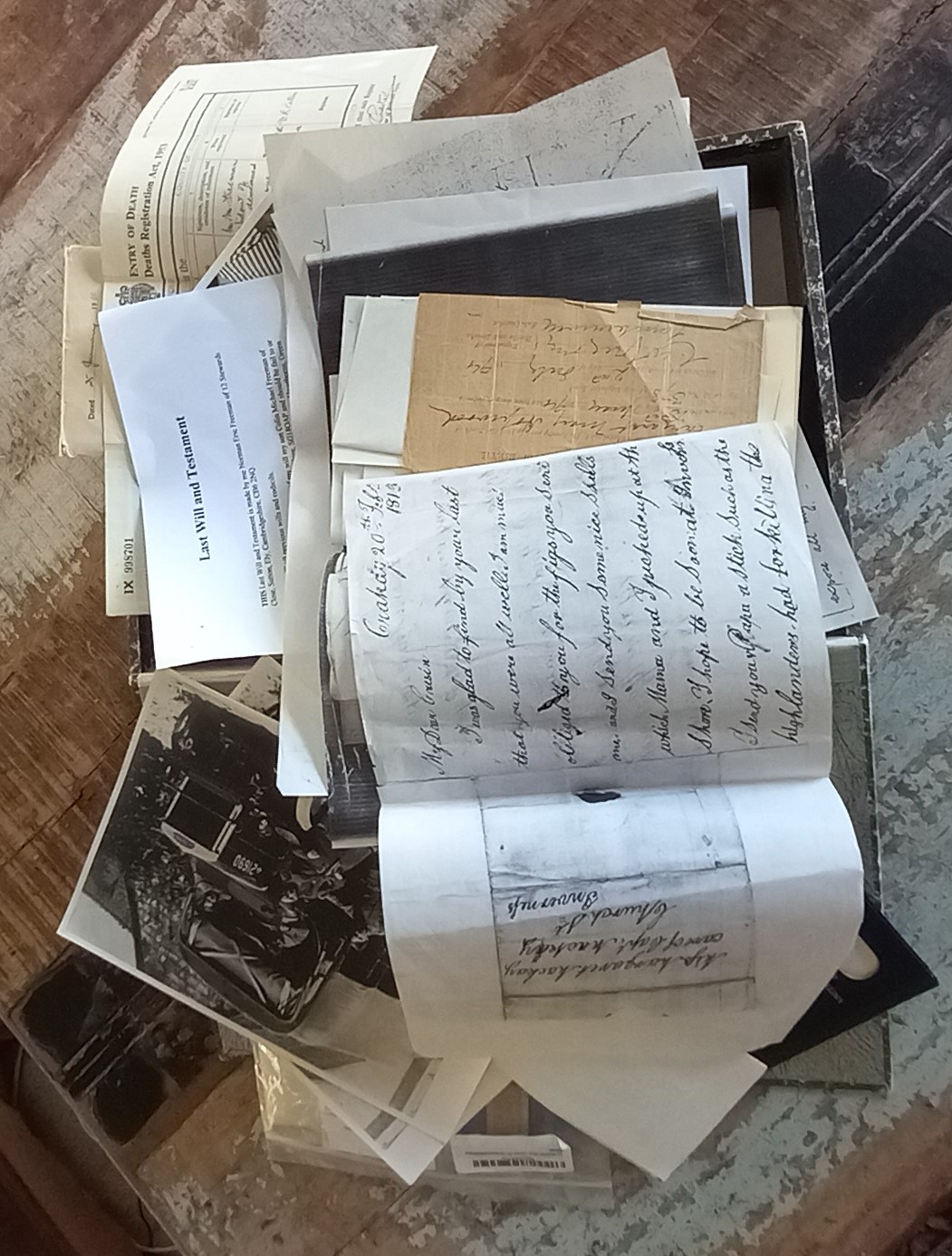
archive in your attic. family records
You can upload your family records for others to see them either in public or a private group.
Better than that you can earn credit to your electronic wallet from those family records on DigiClerk and in public view.
You can also share your records within a private group. There is an extra cost involved in keeping the records private to a group. This could wrk well for a school alumini, military We have a live example that you can follow on the news page.
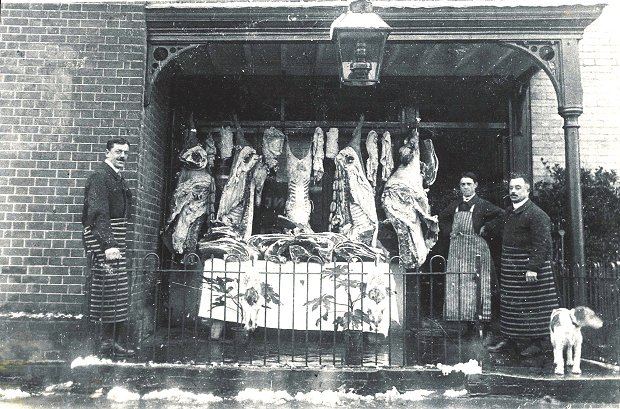
prentice house
The answer to “can we share records privately” is yes, but not yet. This is because we haven’t enabled the private collection function yet. At the moment all records on DigiClerk (DC) are available to Founder Members and Members depending on which Collection(s) they access to.
Very early on we realised that there would be the need to allow Members to share records privately. This could be a school alumni group, a family group, a military reunion group or a commercial organisation using DC for its archives. DC envisages three levels of privacy and sees them as growing from the bottom up, as they become more public.
The Membership costs will be higher for Blurred and Opaque collections because the revenue share model of DC cannot work with private records.
.
Can DigiClerk help a museum?
Yes. Museums want to attract visitors and increase footfall and a measure of success for the majority of museums is normally their volume of visitors. DigiClerk can help a museum broaden its audience, funnel interest in the exhibits and increase footfall.
The issue

museum record (1)
Not all museums create and manage their own online information. Even those that do have a website do not necessarily have the platform for uploading their records and displaying them on an online platform. Another issue is not being able to display all their records in the physical exhibition space. The problem might also be that they have too many records.
The photograph (museum record (1) is an example from a local museum of a physical record on display. There are two such records on display in an historical location that must have had thousands of similar records. You would only know that there was a record concerning George Brunning if you visited that museum.
Long story, short
Using the DigiClerk platform the museum can upload and explore their own records. Once uploaded, the public can see that there is a record and the location of the record. They must subscribe to DigiClerk to open and view the record. This means that the number of records and their type and people involved is available to the general public and therefore increases the audience and hopefully, footfall.

Long story
The record was photographed using the DigiClerk smart phone app and automatically uploaded onto the platform. On the platform the details of the record were extracted and the relevant information input.
The platform also allows the inputter to input an accession code telling users where the physical record is stored. A key function for any archivist.
Immediately a geolocation is recorded for the record and shown on the DigiClerk map on the platform. There are thousands of dropped pins on the DigiClerk map. When the surname ‘Brunning’ is searched, the related record(s) is shown (see museum record (2). This search functionality is open to the general public and alerts anyone looking for the surname Brunning that there is a record or event at this location. Use the live map here and test it out.
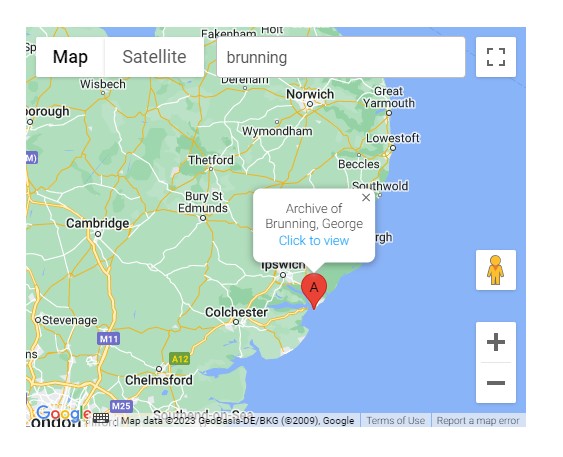
museum record (3)
On zooming in and clicking on that dropped pin (see museum record (3)) DigiClerk shows anyone viewing that there is an ‘Archive’ record, the name of the person and where it is located. Up until this point anyone on the internet can get to this stage. This information is available to the general public.
To be able to ‘Click to view’ the record you must be a subscriber to DigiClerk and the record is then available to view and explore (see museum record (4)). The record holds an image of the record but holds much more information related to that record. The user can then explore and see which other events or other people are related to this person. The exploration begins.
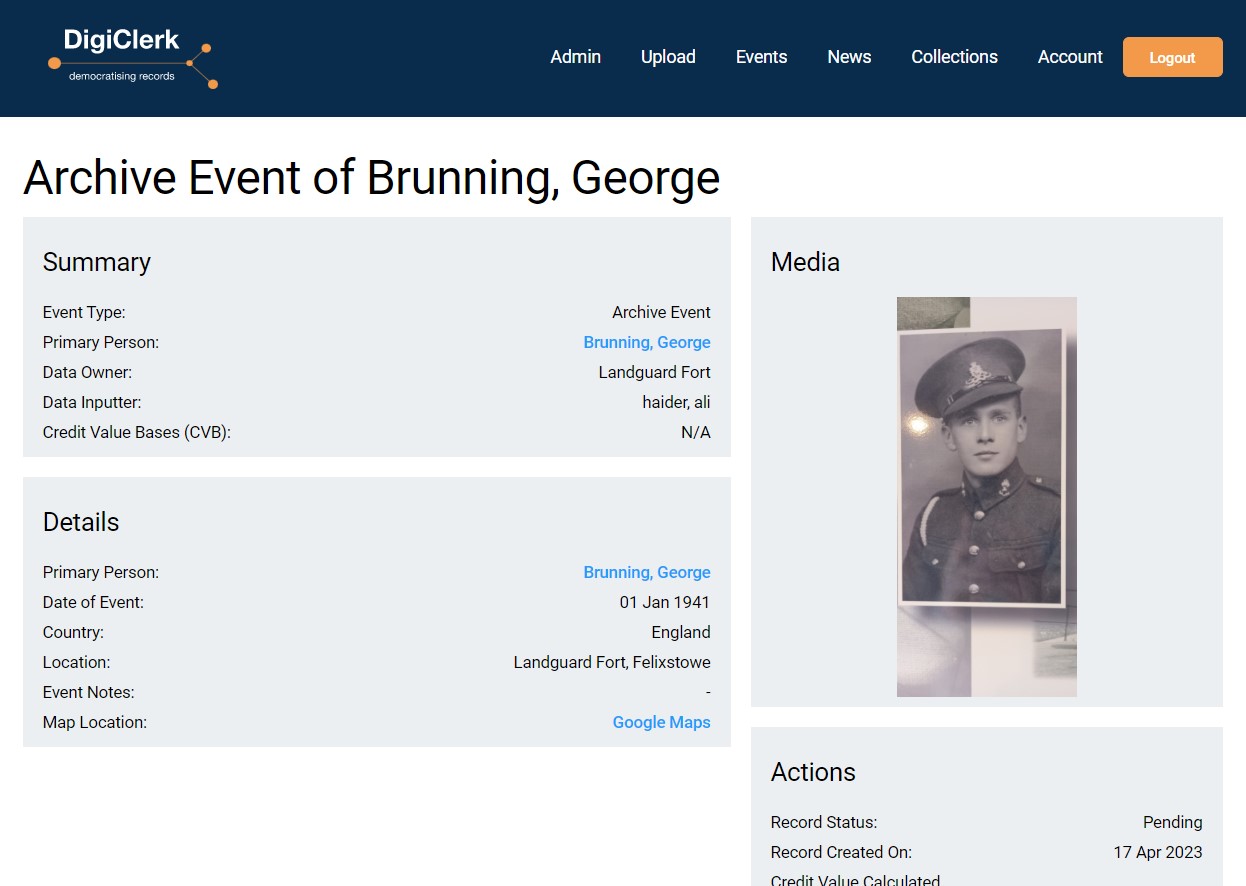
museum record (4)
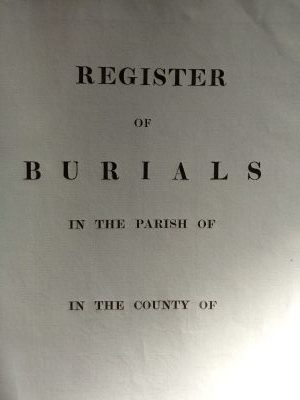
church burial register
DigiClerk can help your church.
- Who gets to see the records held in your church? The likely answer is not many.
- How does anyone know what records are in your church and what names are amongst them? The likely answer is one person. The Rector.
- Is there an online map of the graves in the churchyard? The likely answer is no.
DigiClerk (DC) can help your church.
As a church do you know the true value of the records that you have stored in the church and those sent to county archives? In terms of diversity, who gets to see those records? Using the DC platform the church can digitise your records (leaving the physical records where they are) and make them available online to a global audience.
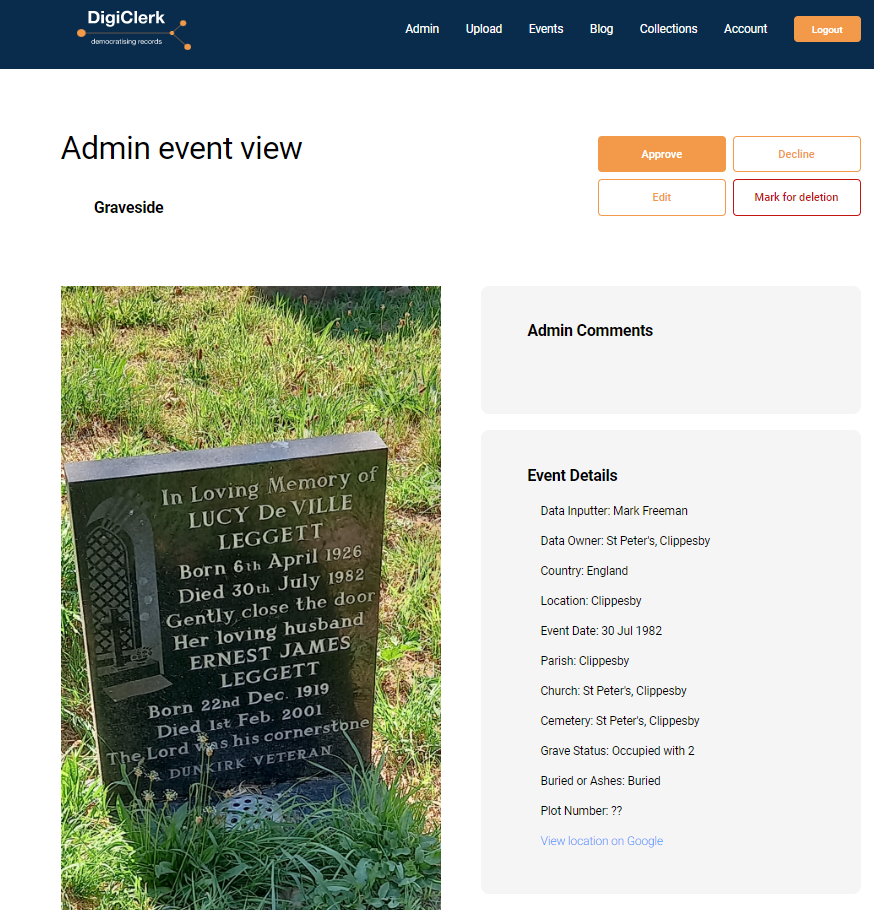
churchyard gravestone
Better than that, once DigiClerk has the right volume of subscribers, the church will earn income from those records.
Want to know more? Please contact mark@digiclerk.uk
We are seeking Founder Members to help accelerate the development of the platform. See this one time fee offer and be part of the record revolution.

church burial register
DigiClerk can help your church.
- Who gets to see the records held in your church? The likely answer is not many.
- How does anyone know what records are in your church and what names are amongst them? The likely answer is one person. The Rector.
- Is there an online map of the graves in the churchyard? The likely answer is no.
DigiClerk (DC) can help your church.
As a church do you know the true value of the records that you have stored in the church and those sent to county archives? In terms of diversity, who gets to see those records? Using the DC platform the church can digitise your records (leaving the physical records where they are) and make them available online to a global audience.

churchyard gravestone
Better than that, once DigiClerk has the right volume of subscribers, the church will earn income from those records.
Want to know more? Please contact mark@digiclerk.uk
We are seeking Founder Members to help accelerate the development of the platform. See this one time fee offer and be part of the record revolution.
money
Will I make money from my records on DigiClerk (DC)? The answer is yes, but not yet.
Currently, we want Founder Members, who want to get in at the beginning, to support us their one off subscription and enthusiasm.
Critical density of subscribing members
Once there is a critical density of annual subscribing Members, then Members will take a share of the monthly subscriptions to their electronic DC wallets (which are not live yet). These Members must be Data Owners and have records on the platform.

my records
Criteria
So, to have the ability to make money, the Member must be either a Founder Member or Member and be Data Owners (DOs). DOs have their records uploaded and displayed on the platform. They must have subscribed once as a Founder Member or be a subscribing Member. No money in, no money out.
Calculation
The monthly subscriptions fees will be divided between DC and eligible Members. At first the calculation will be based on the volume of records each Member has on the platform. Later, as DC develops the quality assurance (QA) and dynamic data system, the calculation will be replaced by an algorithm. The algorithm will include factors such as:
- volume of records
- quality of records
- amount of ‘likes’, ‘views’ and ‘downloads
- feed back from Members
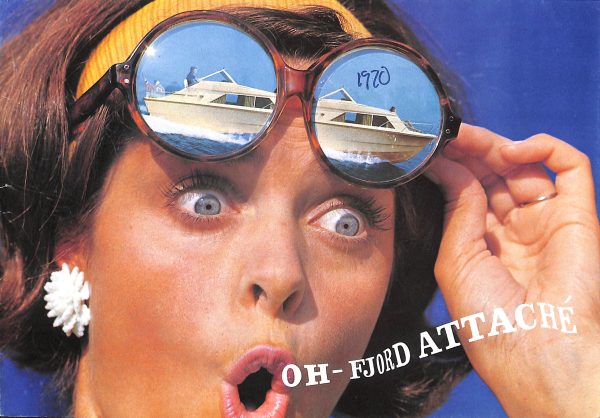
image from one of the 2,000 + records on the yachting collection
However, to be clear, this isn’t going to start until the business can self fund this.
Electronic wallets
DC will use electronic wallets and credits in order to level out exchange rate differences around the world.
Download fees shared too
Separate to all of the above, if a record is downloaded then the download fee is shared in proportion with the Data Owner (DO). The fee proportion will be put in the DO’s electronic wallet. Also, DC has been requested to provide a trading function that allows DO’s to state if their record is for sale. The trade facility is being explored at the moment.
Can I store family records on DigiClerk?
people
Yes, you can store family records on DigiClerk. That’s one of the many reasons we have created DigiClerk and the People Collection platform.

archive in your attic. family records
You can upload your family records for others to see them either in public or a private group.
Better than that you can earn credit to your electronic wallet from those family records on DigiClerk and in public view.
You can also share your records within a private group. There is an extra cost involved in keeping the records private to a group. This could wrk well for a school alumini, military We have a live example that you can follow on the news page.

prentice house
The answer to “can we share records privately” is yes, but not yet. This is because we haven’t enabled the private collection function yet. At the moment all records on DigiClerk (DC) are available to Founder Members and Members depending on which Collection(s) they access to.
Very early on we realised that there would be the need to allow Members to share records privately. This could be a school alumni group, a family group, a military reunion group or a commercial organisation using DC for its archives. DC envisages three levels of privacy and sees them as growing from the bottom up, as they become more public.
The Membership costs will be higher for Blurred and Opaque collections because the revenue share model of DC cannot work with private records.
.
Can DigiClerk help a museum?
Yes. Museums want to attract visitors and increase footfall and a measure of success for the majority of museums is normally their volume of visitors. DigiClerk can help a museum broaden its audience, funnel interest in the exhibits and increase footfall.
The issue

museum record (1)
Not all museums create and manage their own online information. Even those that do have a website do not necessarily have the platform for uploading their records and displaying them on an online platform. Another issue is not being able to display all their records in the physical exhibition space. The problem might also be that they have too many records.
The photograph (museum record (1) is an example from a local museum of a physical record on display. There are two such records on display in an historical location that must have had thousands of similar records. You would only know that there was a record concerning George Brunning if you visited that museum.
Long story, short
Using the DigiClerk platform the museum can upload and explore their own records. Once uploaded, the public can see that there is a record and the location of the record. They must subscribe to DigiClerk to open and view the record. This means that the number of records and their type and people involved is available to the general public and therefore increases the audience and hopefully, footfall.

Long story
The record was photographed using the DigiClerk smart phone app and automatically uploaded onto the platform. On the platform the details of the record were extracted and the relevant information input.
The platform also allows the inputter to input an accession code telling users where the physical record is stored. A key function for any archivist.
Immediately a geolocation is recorded for the record and shown on the DigiClerk map on the platform. There are thousands of dropped pins on the DigiClerk map. When the surname ‘Brunning’ is searched, the related record(s) is shown (see museum record (2). This search functionality is open to the general public and alerts anyone looking for the surname Brunning that there is a record or event at this location. Use the live map here and test it out.

museum record (3)
On zooming in and clicking on that dropped pin (see museum record (3)) DigiClerk shows anyone viewing that there is an ‘Archive’ record, the name of the person and where it is located. Up until this point anyone on the internet can get to this stage. This information is available to the general public.
To be able to ‘Click to view’ the record you must be a subscriber to DigiClerk and the record is then available to view and explore (see museum record (4)). The record holds an image of the record but holds much more information related to that record. The user can then explore and see which other events or other people are related to this person. The exploration begins.

museum record (4)

church burial register
DigiClerk can help your church.
- Who gets to see the records held in your church? The likely answer is not many.
- How does anyone know what records are in your church and what names are amongst them? The likely answer is one person. The Rector.
- Is there an online map of the graves in the churchyard? The likely answer is no.
DigiClerk (DC) can help your church.
As a church do you know the true value of the records that you have stored in the church and those sent to county archives? In terms of diversity, who gets to see those records? Using the DC platform the church can digitise your records (leaving the physical records where they are) and make them available online to a global audience.

churchyard gravestone
Better than that, once DigiClerk has the right volume of subscribers, the church will earn income from those records.
Want to know more? Please contact mark@digiclerk.uk
We are seeking Founder Members to help accelerate the development of the platform. See this one time fee offer and be part of the record revolution.

church burial register
DigiClerk can help your church.
- Who gets to see the records held in your church? The likely answer is not many.
- How does anyone know what records are in your church and what names are amongst them? The likely answer is one person. The Rector.
- Is there an online map of the graves in the churchyard? The likely answer is no.
DigiClerk (DC) can help your church.
As a church do you know the true value of the records that you have stored in the church and those sent to county archives? In terms of diversity, who gets to see those records? Using the DC platform the church can digitise your records (leaving the physical records where they are) and make them available online to a global audience.

churchyard gravestone
Better than that, once DigiClerk has the right volume of subscribers, the church will earn income from those records.
Want to know more? Please contact mark@digiclerk.uk
We are seeking Founder Members to help accelerate the development of the platform. See this one time fee offer and be part of the record revolution.
money
Will I make money from my records on DigiClerk (DC)? The answer is yes, but not yet.
Currently, we want Founder Members, who want to get in at the beginning, to support us their one off subscription and enthusiasm.
Critical density of subscribing members
Once there is a critical density of annual subscribing Members, then Members will take a share of the monthly subscriptions to their electronic DC wallets (which are not live yet). These Members must be Data Owners and have records on the platform.

my records
Criteria
So, to have the ability to make money, the Member must be either a Founder Member or Member and be Data Owners (DOs). DOs have their records uploaded and displayed on the platform. They must have subscribed once as a Founder Member or be a subscribing Member. No money in, no money out.
Calculation
The monthly subscriptions fees will be divided between DC and eligible Members. At first the calculation will be based on the volume of records each Member has on the platform. Later, as DC develops the quality assurance (QA) and dynamic data system, the calculation will be replaced by an algorithm. The algorithm will include factors such as:
- volume of records
- quality of records
- amount of ‘likes’, ‘views’ and ‘downloads
- feed back from Members

image from one of the 2,000 + records on the yachting collection
However, to be clear, this isn’t going to start until the business can self fund this.
Electronic wallets
DC will use electronic wallets and credits in order to level out exchange rate differences around the world.
Download fees shared too
Separate to all of the above, if a record is downloaded then the download fee is shared in proportion with the Data Owner (DO). The fee proportion will be put in the DO’s electronic wallet. Also, DC has been requested to provide a trading function that allows DO’s to state if their record is for sale. The trade facility is being explored at the moment.

You must be logged in to post a comment.